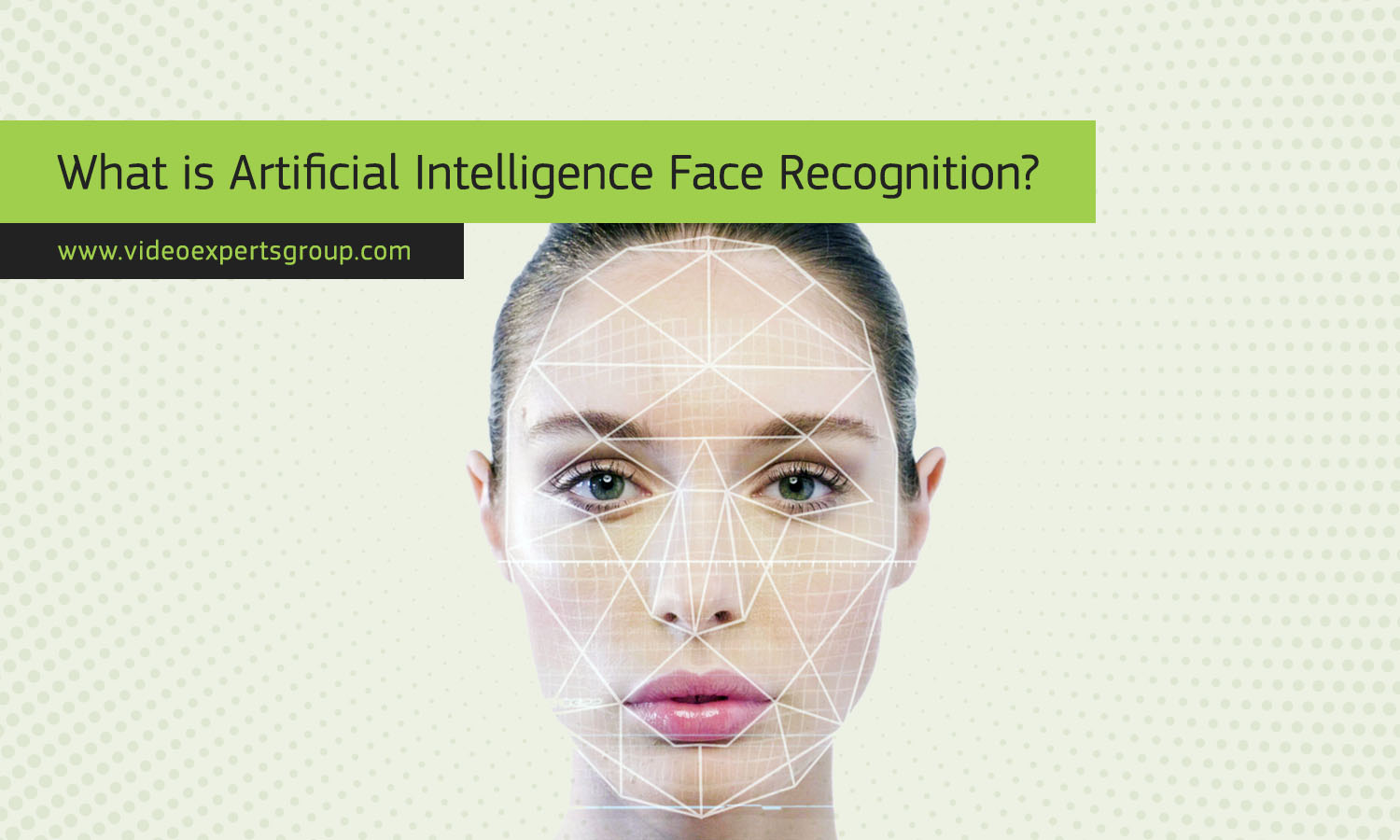You might have heard about face recognition technology. But what exactly is artificial intelligence (AI) face recognition? Let's break it down in simple terms.
Meaning
AI face recognition is a technology that allows computers to identify and verify human faces. It's like a digital version of how humans recognize each other by their unique facial features. This technology analyzes images or videos containing faces and matches them against a database to determine if there's a match.
How it works
AI face recognition systems work by using complex algorithms to detect and analyze facial features. These algorithms create a unique digital signature, often called a "faceprint," for each face in an image or video. Here's a simplified explanation of the process:
- Detection: The system first identifies the presence of a face in an image or video frame. It looks for patterns such as the arrangement of eyes, nose, mouth, and other facial characteristics.
- Feature Extraction: Once a face is detected, the system extracts key features from the face, such as the distance between eyes or the shape of the nose. These features are then converted into numerical data.
- Face Encoding: The numerical data representing facial features is used to create a unique faceprint for each individual. This faceprint is like a digital fingerprint that can be compared to other faceprints in a database.
- Matching: Finally, the system compares the faceprint of the detected face with the faceprints stored in its database. If there's a match or a close resemblance, it identifies the person.
Examples
AI face recognition technology is used in various fields for different purposes:
- Security: Many airports, train stations, and other high-security areas use face recognition systems for identity verification and security screening.
- Law Enforcement: Police departments use face recognition to identify suspects or find missing persons by matching images from surveillance footage with their databases.
- Access Control: Some smartphones and computers use face recognition as a convenient way to unlock devices and authenticate users.
- Marketing and Retail: Retailers use face recognition to analyze customer demographics and behavior, helping them tailor marketing strategies and improve customer experiences.
Software
There are several software solutions available for AI face recognition, ranging from open-source libraries to commercial products. Some popular examples include:
- OpenCV: An open-source computer vision library that provides tools for face detection and recognition.
- Amazon Rekognition: A cloud-based service by Amazon Web Services that offers face analysis, recognition, and comparison capabilities.
- Microsoft Azure Face API: Part of Microsoft Azure's suite of AI services, it provides face detection, recognition, and identification features.
- Face++: A commercial face recognition platform that offers comprehensive face analysis and recognition capabilities for businesses.
AI face recognition technology is revolutionizing various industries by enabling automated identification and verification of individuals based on their facial features. While it offers numerous benefits, it also raises concerns about privacy and ethical use, prompting ongoing discussions and regulations regarding its deployment.
Read also:
















